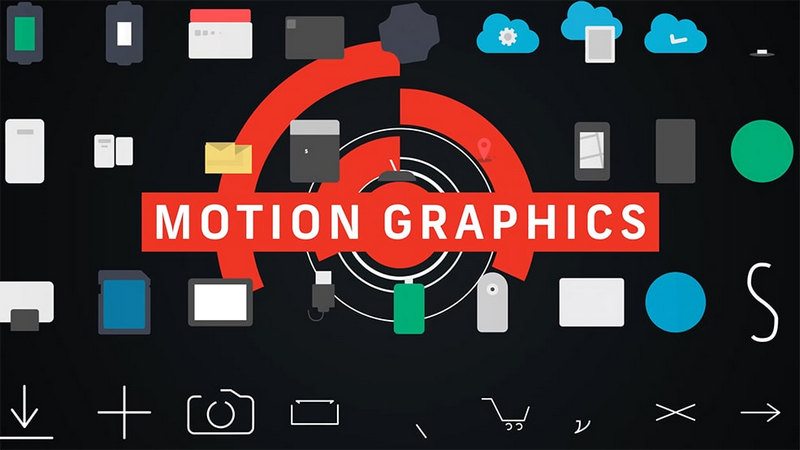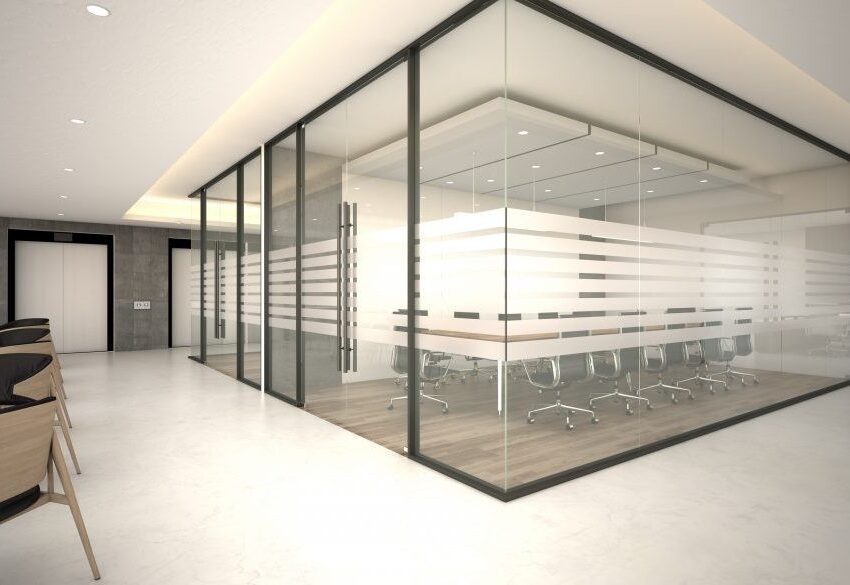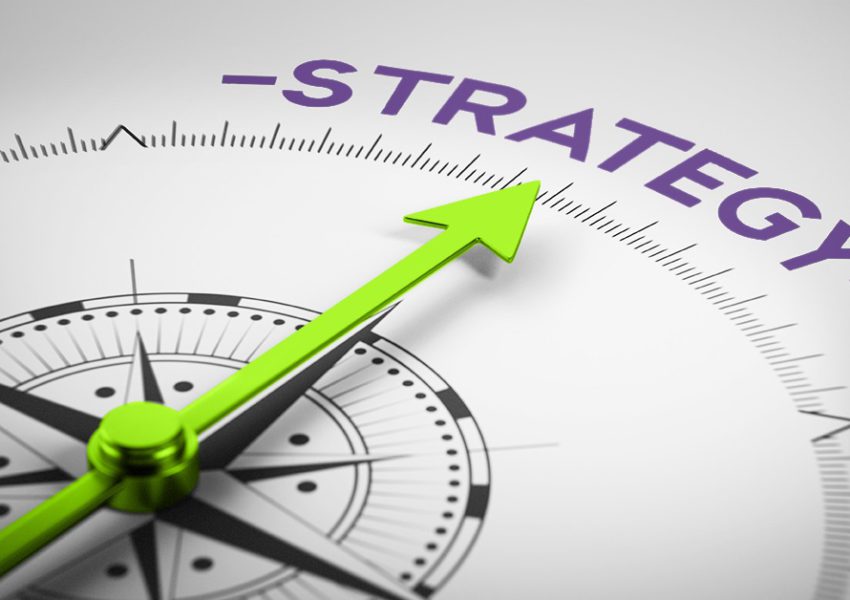From short videos on social media and explainer videos to expert panels on Zoom, it’s clear that video marketing is becoming more popular than ever. At the same time, viewers also prefer watching videos to learn about a brand or product. While there are several ways for marketers to play within the medium, motion graphics has emerged as one of the most helpful videos for marketers. Motion graphics is an intersection between graphic design and animation that helps convey a message through moving images. This article consists of four phases of motion graphic creation.
Phase 1: Writing a script that tells a story
Even though motion graphics are short- ranging from 30 seconds to 2-3 minutes, a marketer needs a script to detail the dialogue or story direction. To find a story, the marketer should ask who he’s trying to reach or what he wants his audience to learn. When writing a script, be aware of the word count, and the script should be simple and straightforward. Kinetic or onscreen text, voiceover, and visuals only are some of the methods to communicate a story when it comes to motion graphics.
Phase 2: Storyboard while brainstorming the visual treatment
Once a marketer has the script, he can commence with the following motion graphic creation phase, i.e., visualizing the script during the storyboard phase. This is when a marketer brings together the script and visuals and starts seeing the final product taking its shape. He should start his storyboarding sessions by brainstorming with the design and production team- art directors, producers, designers, creative directors, and animators.
Phase 3: Take the storyboards into design
As with any visual project created and styled by the marketer, it is essential to communicate just as much as the story itself. Even with brand guidelines, adding simple designs can majorly exact the experience. Once a marketer has an idea on a storyboard with sketches, he can translate it into actual designs. During this stage, marketers should have their visual notes reviewed by the production team before having the animation team work on them.
Phase 4: Animating the final designs
The last phase of motion graphic creation- the animation phase is when everything- script, storyboard, designs, styles, and more comes together. Timing, music, and sound effects are some things that a marketer needs to think about. For instance, pacing can make or break the marketer’s motion graphics. Likewise, music can set the mood, affect the tone, and fill gaps in the story.
Conclusion
While motion graphics are entertaining for marketers to experiment with, not all these animated graphics are created equal. Many elements- from scripting and audio to styling, designing, and animation- go into motion graphics. Poor execution of any of these elements can reduce the effectiveness of the product promotion campaign. Now that motion graphics have many moving pieces, learning about these core phases will make it easier to work on creating great animation. In addition, companies can collaborate with professional motion graphic services to create attractive videos promoting their products.








